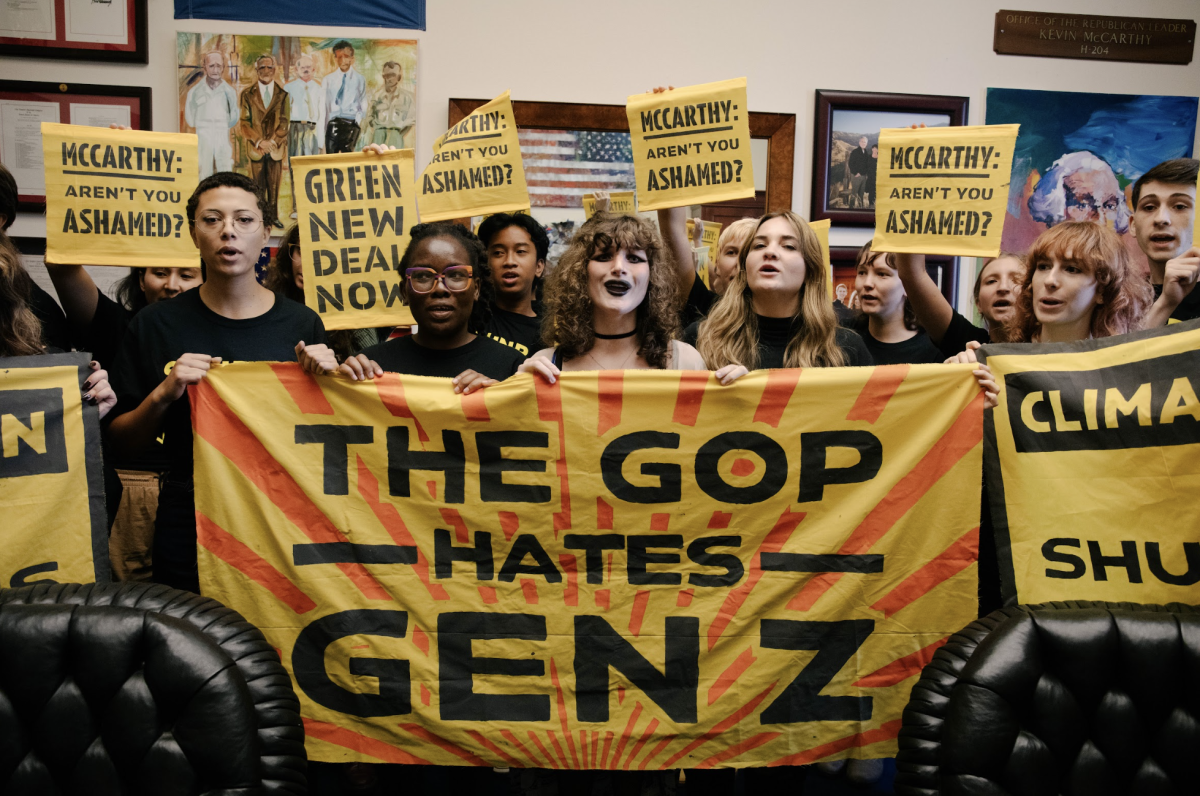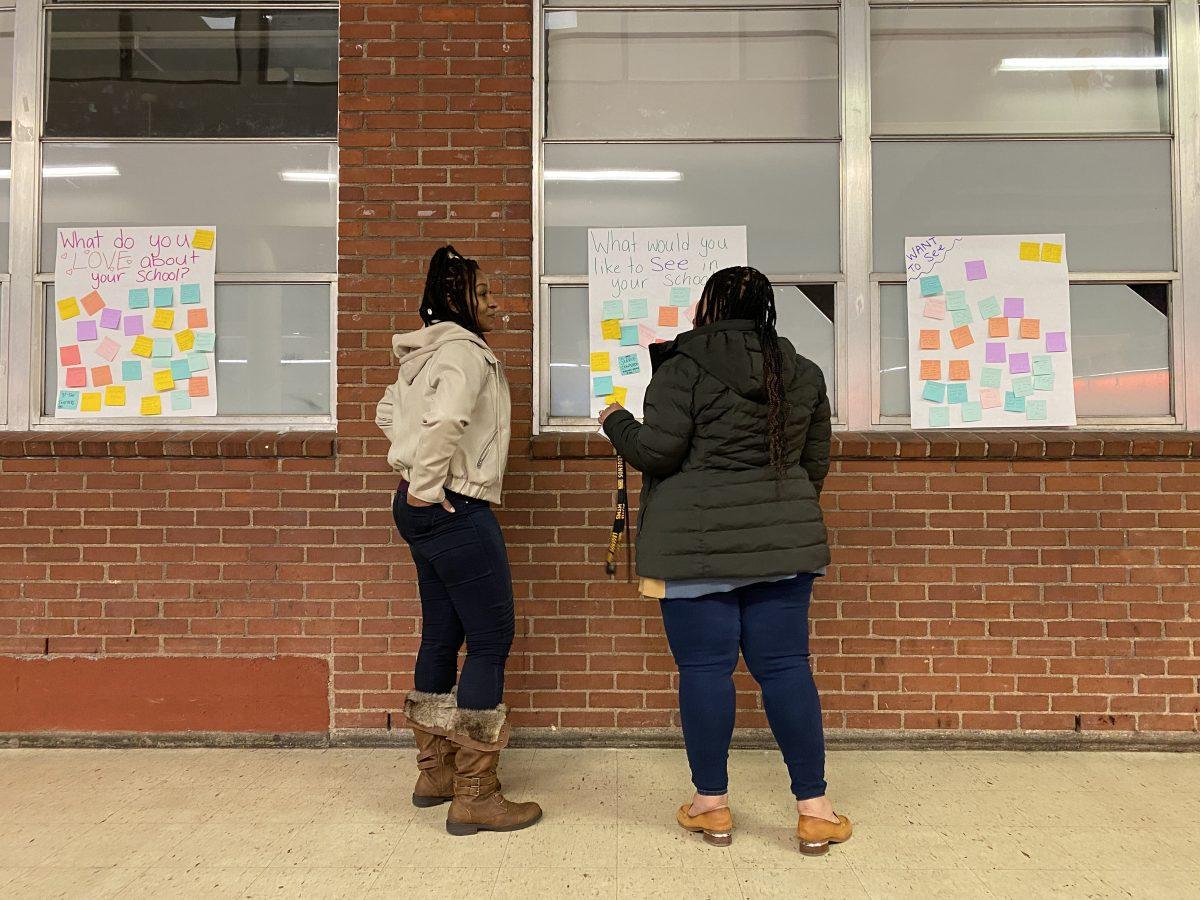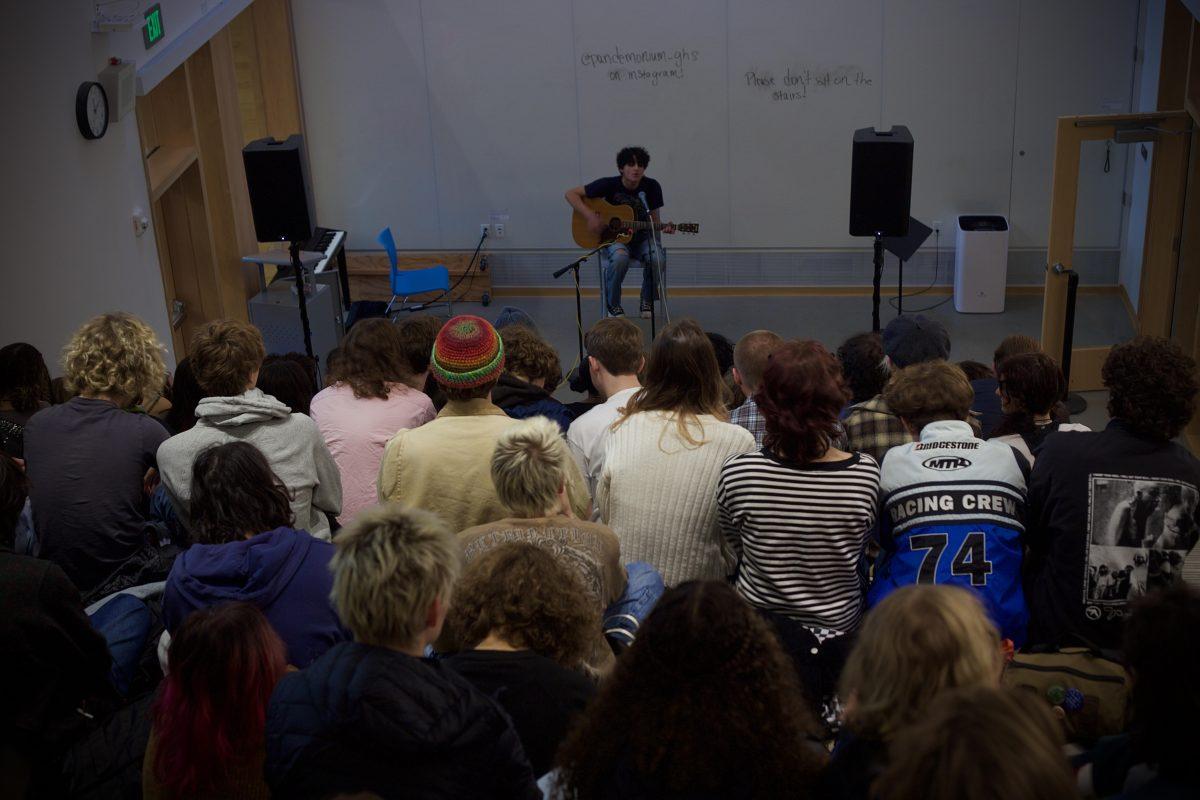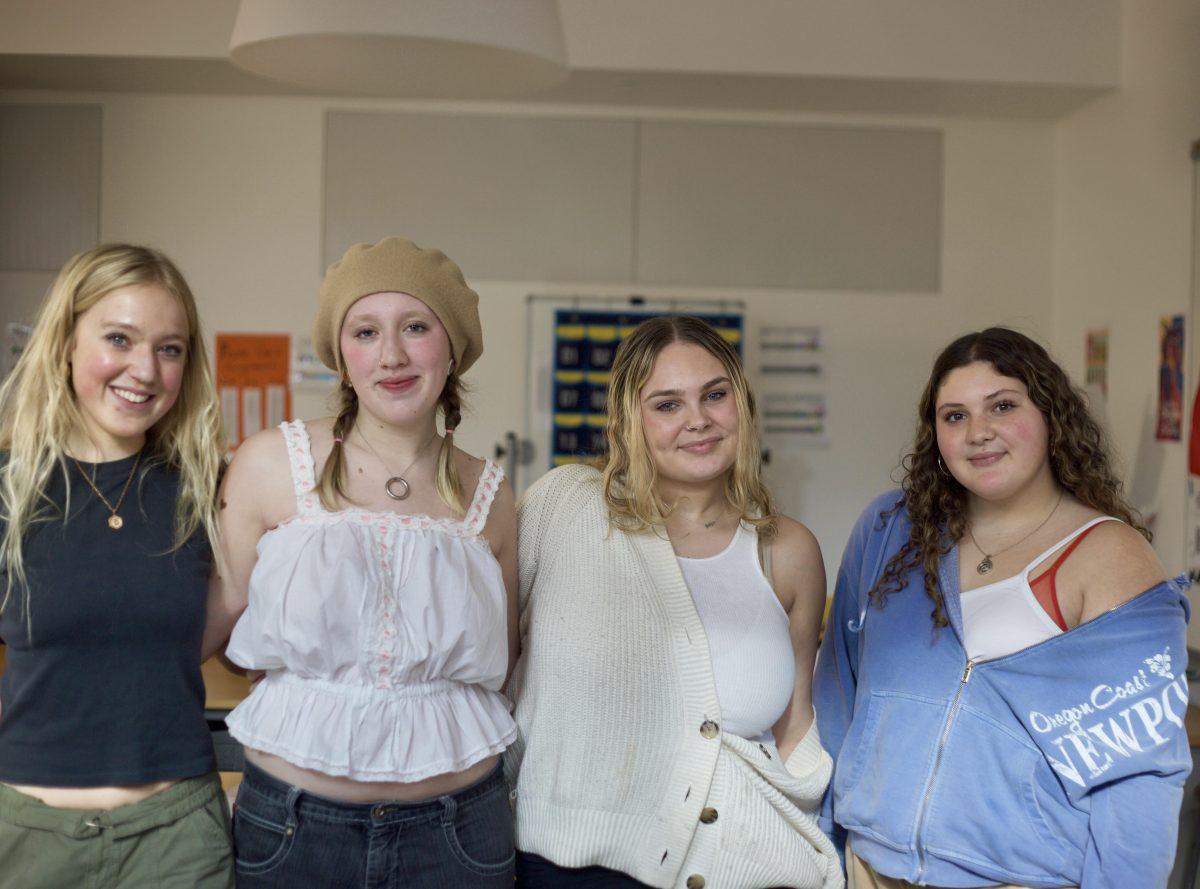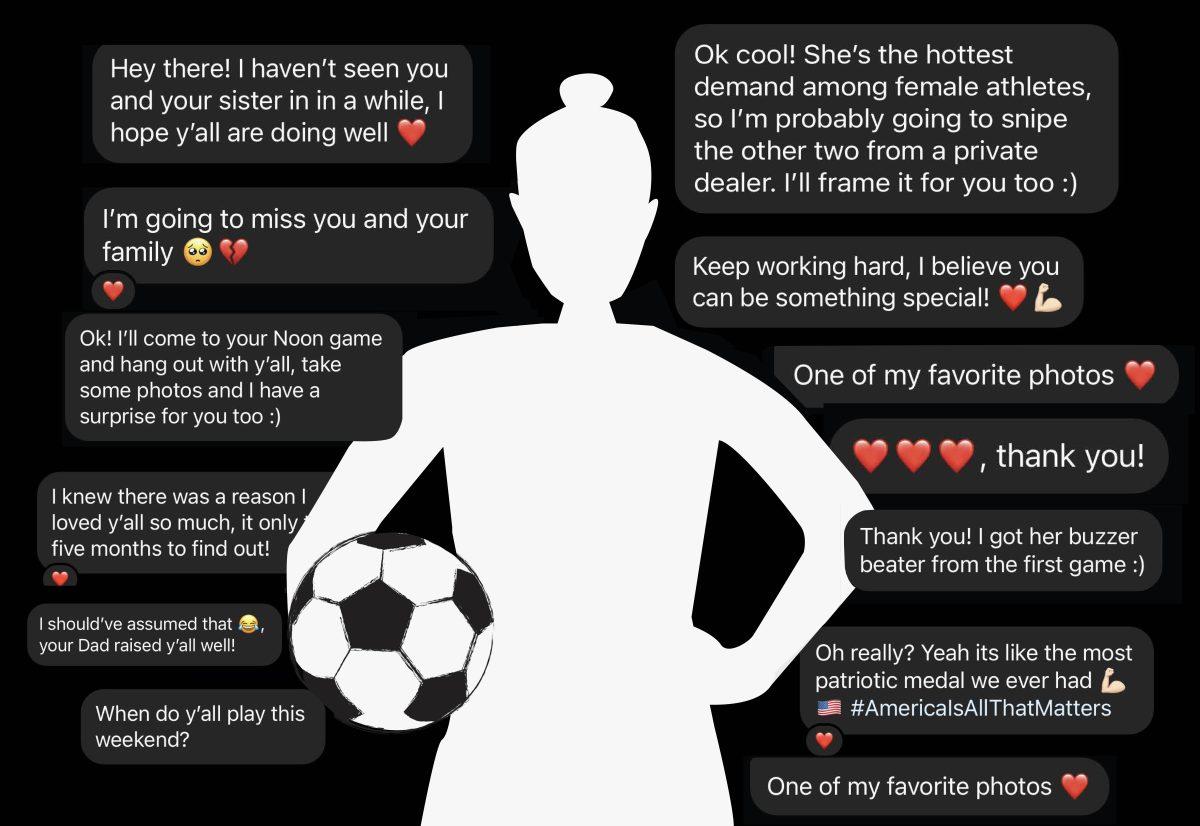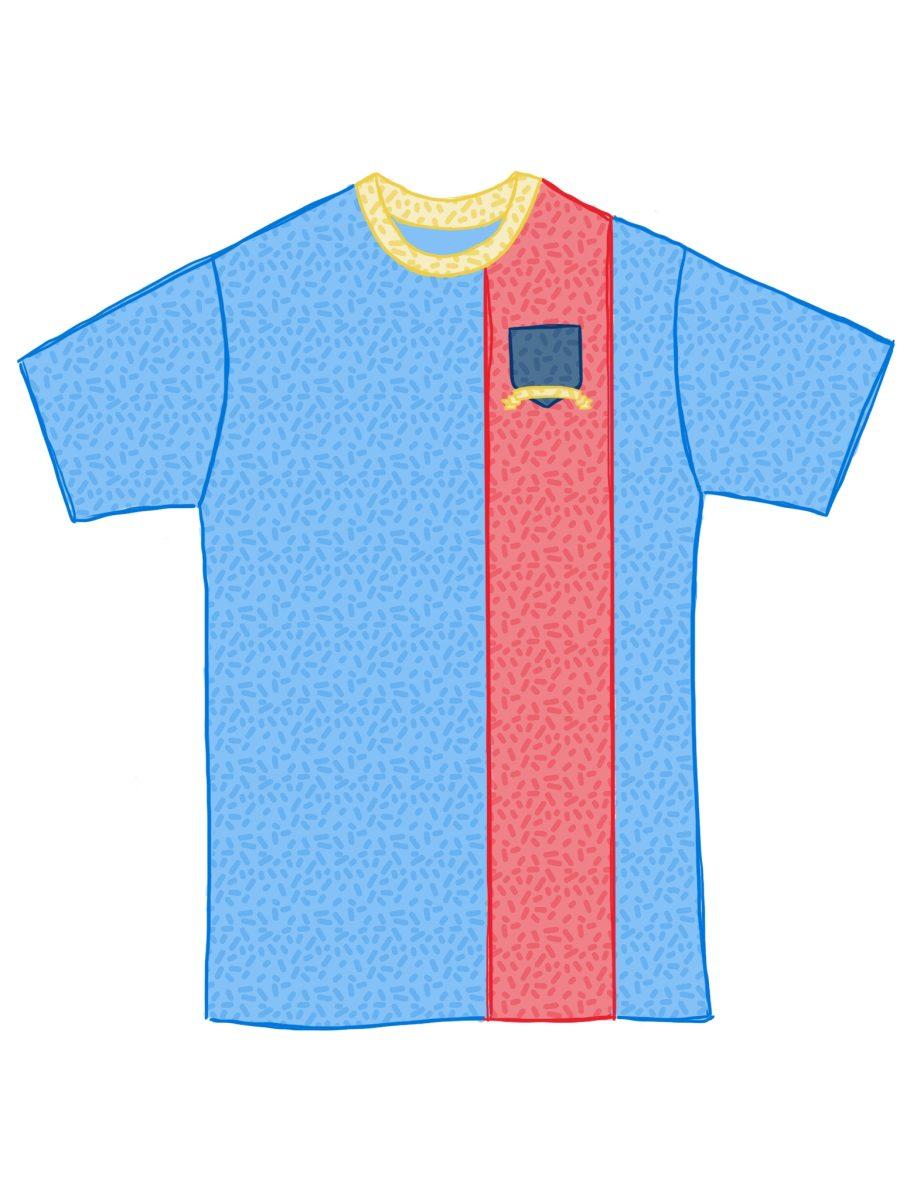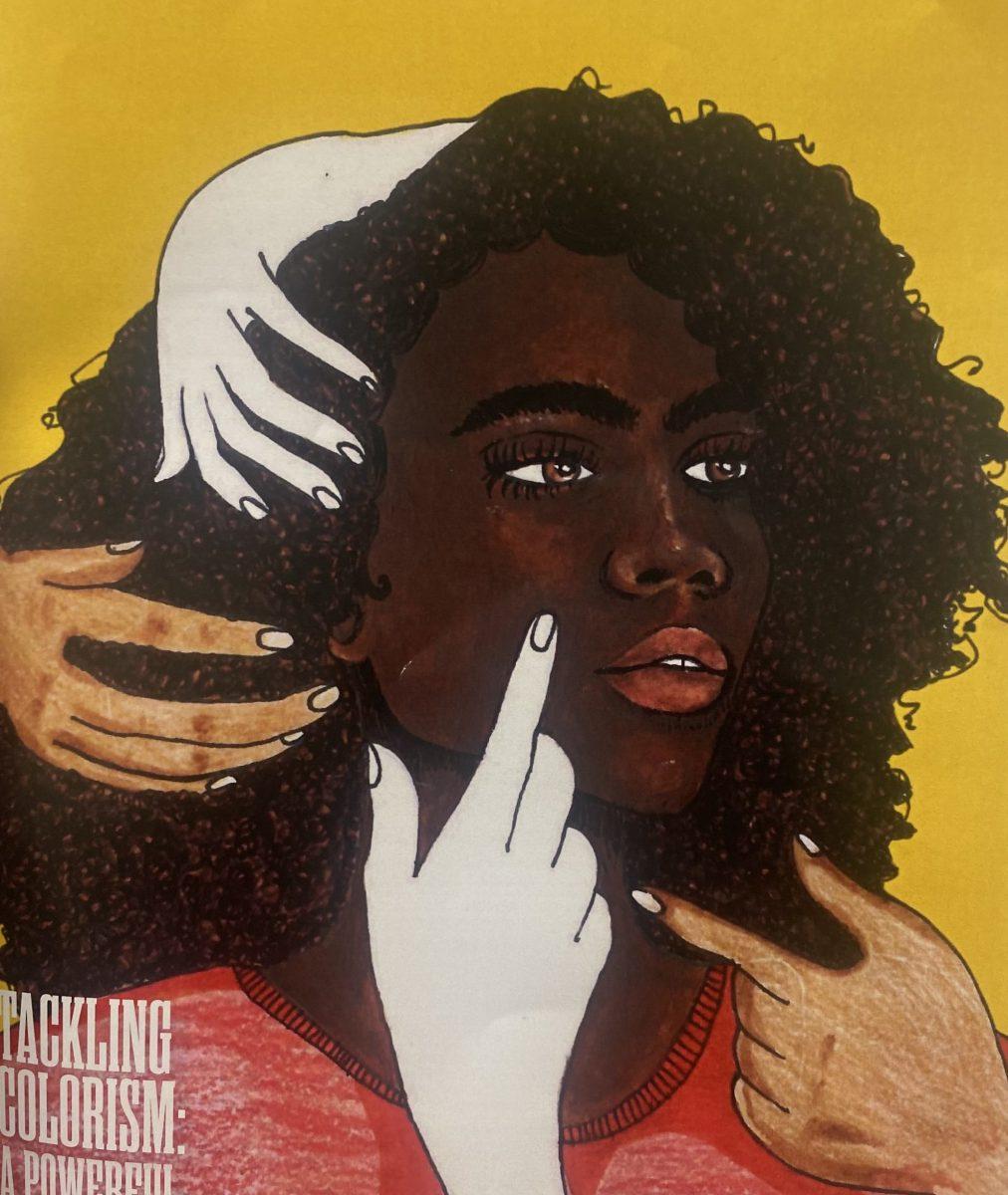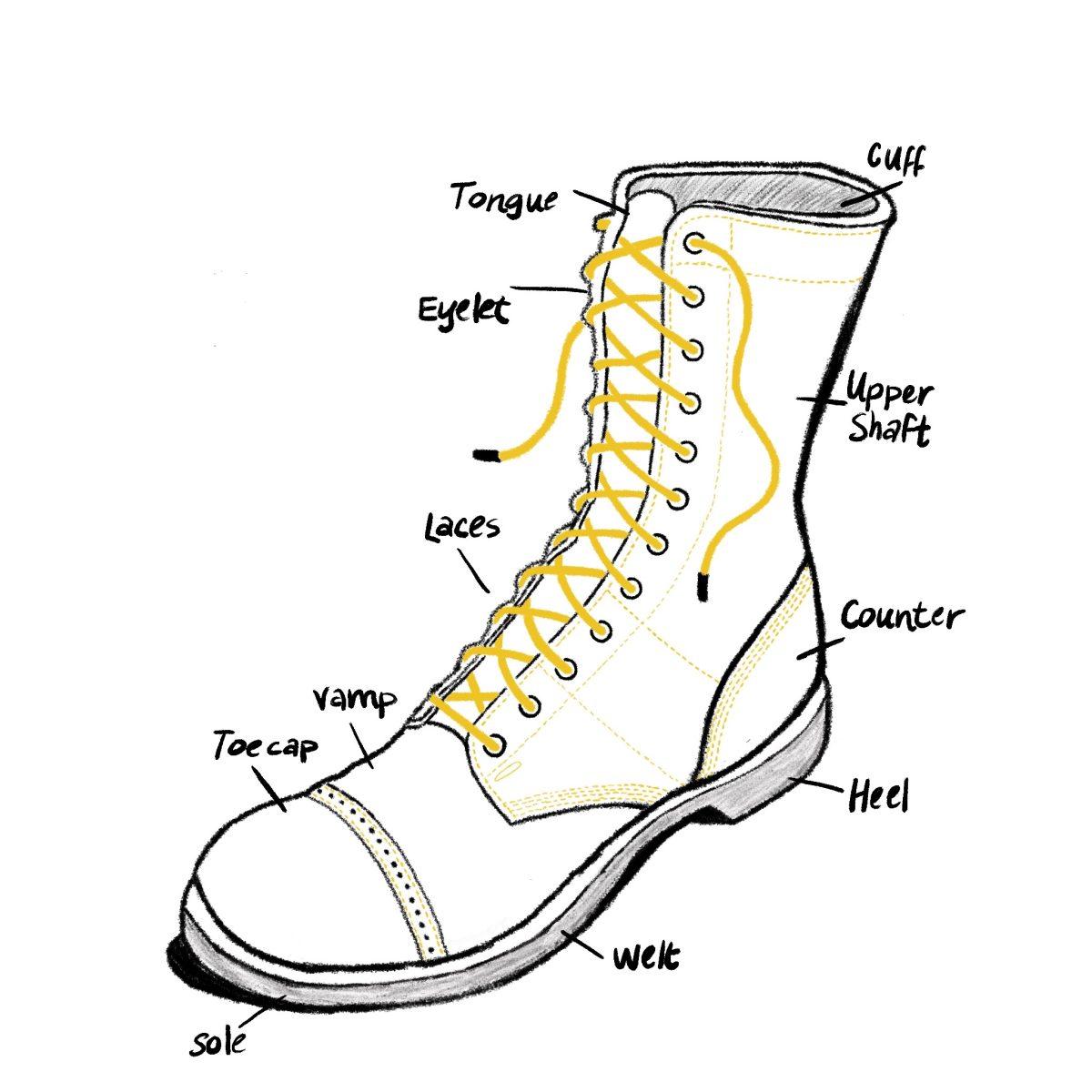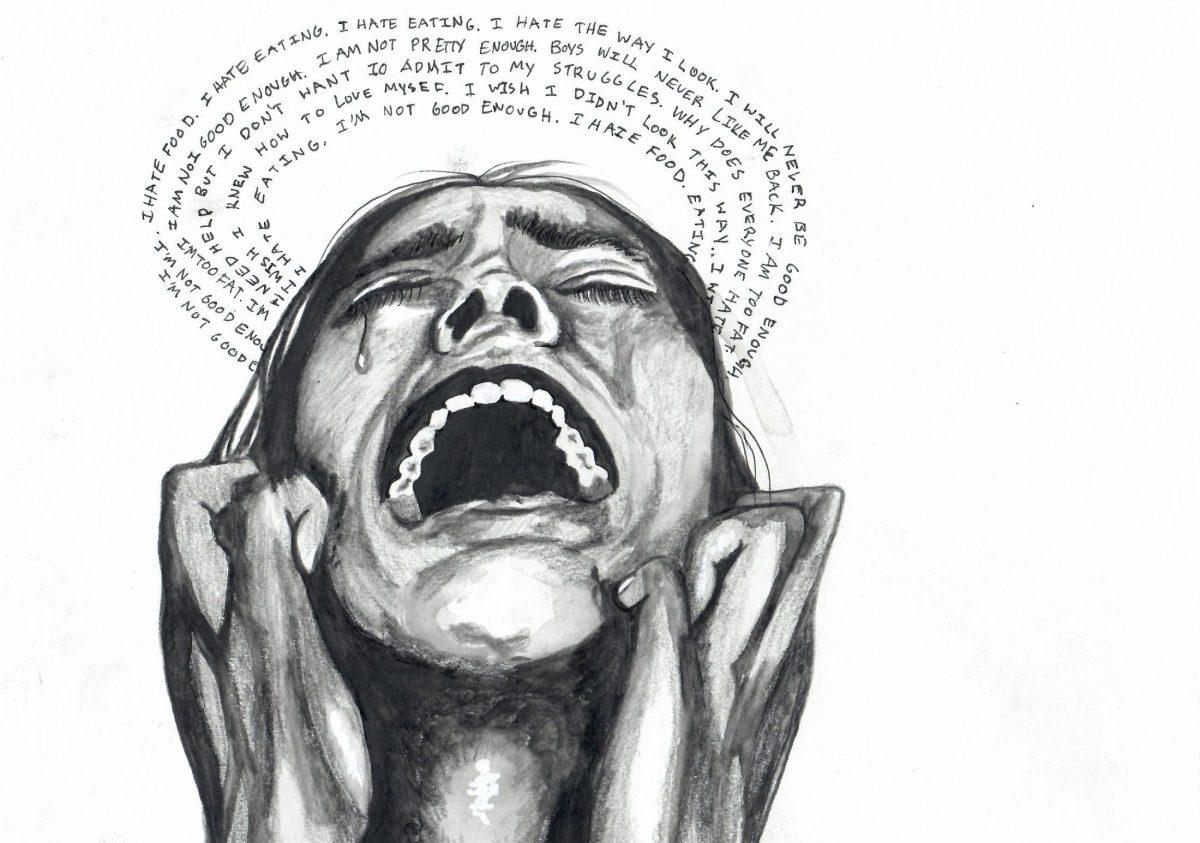As the glow of the cable TV screen permeates a relaxed living room, echoing laughter from a studio 3,000 miles away fills the air. My family settles back in our living room as the lights go up on that stage, as we anticipate the newest episode of a show that has been a staple in our households for decades.
I have hazy memories of these nights: Bill Hader as Stefon on the Weekend Update screen hangs somewhere above me as I count my candy on an early Halloween night. My parents hunt through a prehistoric Youtube, searching for the classic “Dear Sister” sketch. My childhood obsession with Taylor Swift drives me to ask my parents if I can watch the episode she hosted in 2009. My parents would quote sketches starring Chris Farley, David Spade and Adam Sandler, or recall bits from the 1970s that their parents watched on their antennaed television sets. Saturday Night Live (SNL) was a fixture of entertainment in my life as I grew up — I treasured random sketches as my family continued to follow the show.
Then SNL entered a new, shakier era in the middle of the 2010s — marked by Donald Trump’s election in 2016 and a changing cast. I never found myself watching SNL as it came on at night during this new period. Instead I found the Youtube clips secondhand, surfing over them and constantly rewatching the ones I liked. I was enamored with the pre-recorded parody song sketches of this era and their infectious energy. “Crucible Cast Party” and “Welcome to Hell” were my favorites from that era.
I’ve always enjoyed the tight writing on SNL, its extraordinarily multifaceted cast and the heightened platform for relevant comedy. Its continued viewership in my home for generations is a testament to its quality.
But as I’ve engaged with SNL more, I’ve noticed an increasing number of criticisms tossed towards the show, especially during recent periods of unsteady output in the 2010s and during the virtual season of the show impacted by COVID-19. Some of these concerns are fair, and I would even raise some of them myself, but too many just write the entire show off. I believe this dismissal misses the point of SNL entirely — its form and foundation. Saturday Night Live is written, rehearsed and performed in one week; the final product is susceptible to everything that can go wrong during a live program. This chaotic assortment of blunderous misses and glorious hits is what makes this show so rewarding to engage with. With Season 47 of Saturday Night Live wrapping up this weekend, the energy and precision embodied by this recent output shows the continued promise of this evolving and exciting program.
There’s a common sentiment that SNL was funny at one point decades ago, and over time has lost some fundamental aspect of the humor. Each generation delineates its own certain decade where this happened, informed by nostalgia for the era where the show conformed to their personal comedy tastes. In reality, the show has been waxing and waning in quality since its inception. It maintains the same format, the same producers and the same constantly rotating set of writers and performers. The show is always trying to find its footing, occasionally sticking the landing, and more than often falling on its face. The fluidity of new hosts, new ideas and new cast members moving through a rigid, weekly structure is why SNL can be jagged and uneven, but so interesting to watch. Even within the most flawed sketches, there might be a standout piece of writing, or hilarious performance by a certain cast member. The future of SNL looks bright too, as rising stars are already being found in new cast members, even as we lost some consistently hilarious performers this last weekend. (I’ll miss Aidy Bryant the most.) Bowen Yang constantly delivers dynamic performances and Chloe Fineman is a brilliant impressionist, both of them also demonstrating some writing prowess. The Weekend Update segment with Colin Jost and Michael Che is only getting better as time passes. Che and Jost maintain a wonderful chemistry, and the character performers have become increasingly consistent. Even what we’ve seen from the newest cast additions in this season, like Sarah Sherman and Andrew Dismukes, as well as the writing group Please Don’t Destroy, shows promise. These young comedians getting the platform to try out new ideas, sleep deprived and on an accelerated schedule, means that each Saturday’s output is going to be far from perfect- but this is how the show has been since SNL’s first moments.
One aspect of the show’s fluidity that is often overlooked is how the host every week impacts the quality of the show in a subtle but crucial way. I’ve noticed that comedians — ex cast members or otherwise — exert a stronger influence on the show that can either harm or benefit its quality. John Mulaney, who recently joined the 5-timers club after hosting the show 5 times since 2018, has always injected a wittier and more absurd energy into the show. His style of humor harkens back to when he was a writer working alongside the strong performers of the late 2000s era. Because Mulaney’s strongest quality is his precise skill in writing comedy, whole forms of sketches bend to his brand of humor, making many of his episodes recent SNL classics. The Musical segments, which all follow the same format and put lyrics about key aspects of New York City’s everyday life to the tunes of well-known songs from musical theater, are a constant source of absurdity and joy.
Sometimes, prolific performers with extraordinary talent outside the show bring an energy to the sketches that don’t match with the usual writing when they host. This makes sketches fall flat. Owen Wilson’s episode, which began the 47th season, fell into this trap. Despite Wilson’s talent for comedic acting, his delivery and likely influence on sketch ideas behind the scenes did not jive with the tone of SNL. Many of the sketches during his episode appear notably awkward, despite the skilled efforts of the cast and crew.
A surprising vessel for laughs on the show is charismatic celebrities hosting that have less experience in comedy. In these episodes, the writing shines through, and the show can step into its own, without the influence of a figurehead at the center. Billie Eilish’s performance as a host during this season provides a great example of this: her episode was top-to-bottom excellent. Eilish delivered her lines well and didn’t need to be coddled as a performer, while the writing was sharpened and not disrupted by a conflicting force to the comedy. “Hotel,” “TikTok” and “Christmas Cards” were all extraordinarily written sketches where almost every line managed to hit.
Another common gripe, especially present during the mid-2010s era, was that the show was too political. In reality, the show has always been political. During the first seasons in 1975 and 1976, sketches were made taking comedic shots at the executives in power, with Chevy Chase as Gerald Ford and then Dan Ankroyd as Jimmy Carter. The problem is that while SNL’s political sketches can be cathartic if you’re tuning in every Saturday for an addressing of recent events delivered in a comedic format, they also have a lesser chance of becoming timeless and universally funny. Often these meandering chains of impressions, costumes and familiar characters played by established cast members are relegated to the cold open. This is where personal preferences in comedy come in. These are the kind of sketches that only really offer me one or two instances of nose exhalation, usually in the first two minutes when the central comedic premise is fresh. But despite the complaints they receive, these topical cold opens usually garner the most views on SNL’s official YouTube channel, and they’ve been an essential function of the show since it came to be.
Saturday Night Live garners publicity from trying to follow current pop culture event s, but that doesn’t necessarily translate to comedic art that people will return to in the future. So within my viewing experience of SNL, this becomes a less enjoyable aspect I have to deal with to get to my favorite bits to be mined from this ever-changing show.
s, but that doesn’t necessarily translate to comedic art that people will return to in the future. So within my viewing experience of SNL, this becomes a less enjoyable aspect I have to deal with to get to my favorite bits to be mined from this ever-changing show.
To engage with SNL, one must work past these flaws to find what you personally enjoy as a viewer. For me, a sketch crashing and burning or hanging awkwardly in the stage air is just as entertaining as a perfectly executed sketch, and the bad stuff makes the golden moments that much more special. But for others, this is not the case. Besides the general potential for sketches to go south, there are also some clear surface level reasons to dislike SNL. The host promos that are posted across SNL’s social media are almost never funny, usually two to four people standing awkwardly and carrying out a half-baked joke with a discordant tone in their delivery. But these segments have been around forever, providing a way to generate excitement from fans about their favorite celebrities. Some of their hosting selections are misinformed and have terrible results — Tesla CEO and billionaire Elon Musk’s blunder of an episode in season 46 was the most recent and infamous example. But this decision resulted in a spike in ratings, so it’s easy to see why the higher-ups might return to these kinds of misses despite outcry. The worst parts of SNL are built into its foundation, motivated by clear monetary and publicity angles.
These flaws have made it especially appealing to look elsewhere for sketch comedy. Since 1975, this field has become increasingly democratized, especially after its growth on the Internet. This has allowed for small virtual creators to take the reins in sketch comedy, garnering success and acclaim without the platform, budget, and corporate oversight that SNL has. These sketches by smaller creators are allowed to be free of censorship, refilmed to get the best take or the best delivery and recut to find a perfect rhythm and flow to the scene. If you want to dedicate your time to this more accessible and consistent product, go ahead! I understand you, especially if you don’t want to deal with the weaker moments of the show — sometimes even whole seasons might dip in quality. But SNL is the chaotic product of a rushed and collaborative project. The collection of rapid shifts of current events and styles of comedy is rarely devoid of missteps. But dressed up in ingenious set and costume design, it offers a unique viewing experience you really can’t find anywhere else in this day and age. So if you’re on the fence, tune into NBC when the next season rolls around and find your niche within viewing the show, with an open mind. Or just wait for all the sketches to be uploaded to Youtube and only watch the hits from each night. In fact, often the sketches that get cut for time are better than what makes it on air. Or even better, binge compilations of YouTube users’ favorite SNL moments for the real cream of the crop. Saturday Night Live is inconsistent by its very nature. But try going into it with a deeper understanding of its nuances and rhythms, and restrain your skepticism while you watch. It’s Live from New York, and I guarantee you’ll have a good time.






























